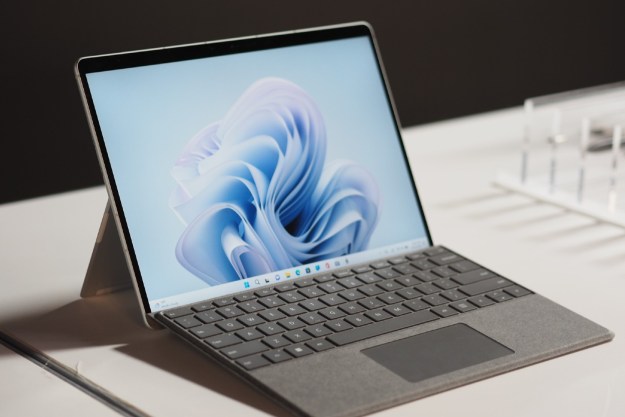Using a Rift headset and a pair of Oculus Touch controllers, players can navigate the International Space Station and take part in activities like spacewalks and space capsule docking, while a realistic training regimen teaches the basics of navigating confined spaces in zero gravity.
Developed by Los Angeles-based studio Magnopus, Mission: ISS is the latest virtual reality experience to be published under the Oculus Studios brand, following up on recent Oculus-published efforts like Landfall and Robinson: The Journey. Recreating the International Space Station in “painstaking detail,” Mission: ISS offers a mixture of educational content and interactive experiences inspired by the work of real-world astronauts.
After coming to grips with zero-gravity navigation, players are given various jobs aboard the simulated station. Using Oculus Touch controllers for input, players complete mission-critical tasks that emerge following a day spent docking cargo capsules and conducting spacewalks, among other simulated activities.
Oculus pitches the experience as an easy way for civilians to experience the wonders of outer space, as only around 500 trained astronauts and scientists worldwide have completed the necessary training in order to be cleared for space travel. Mission: ISS effectively eliminates the demanding physical requirements and years of training that are mandatory for real-world space travelers.
Oculus additionally revealed plans to provide high school students in the United States with access to Mission: ISS. The experience will later come full-circle when Mission: ISS and an Oculus Rift setup are delivered to the actual International Space Station for testing.
“(We’re) piloting a limited beta program in the U.S. to provide high school students with direct access to Mission:ISS,” Oculus said. “At the same time, we’ve partnered with CNES, the French Space Agency, to send a Rift to the ISS! The Rift will be used for the first time in orbit by European astronaut Thomas Pesquet to test the effects of zero gravity on human spatial awareness and balance using software developed by the space agencies.”


